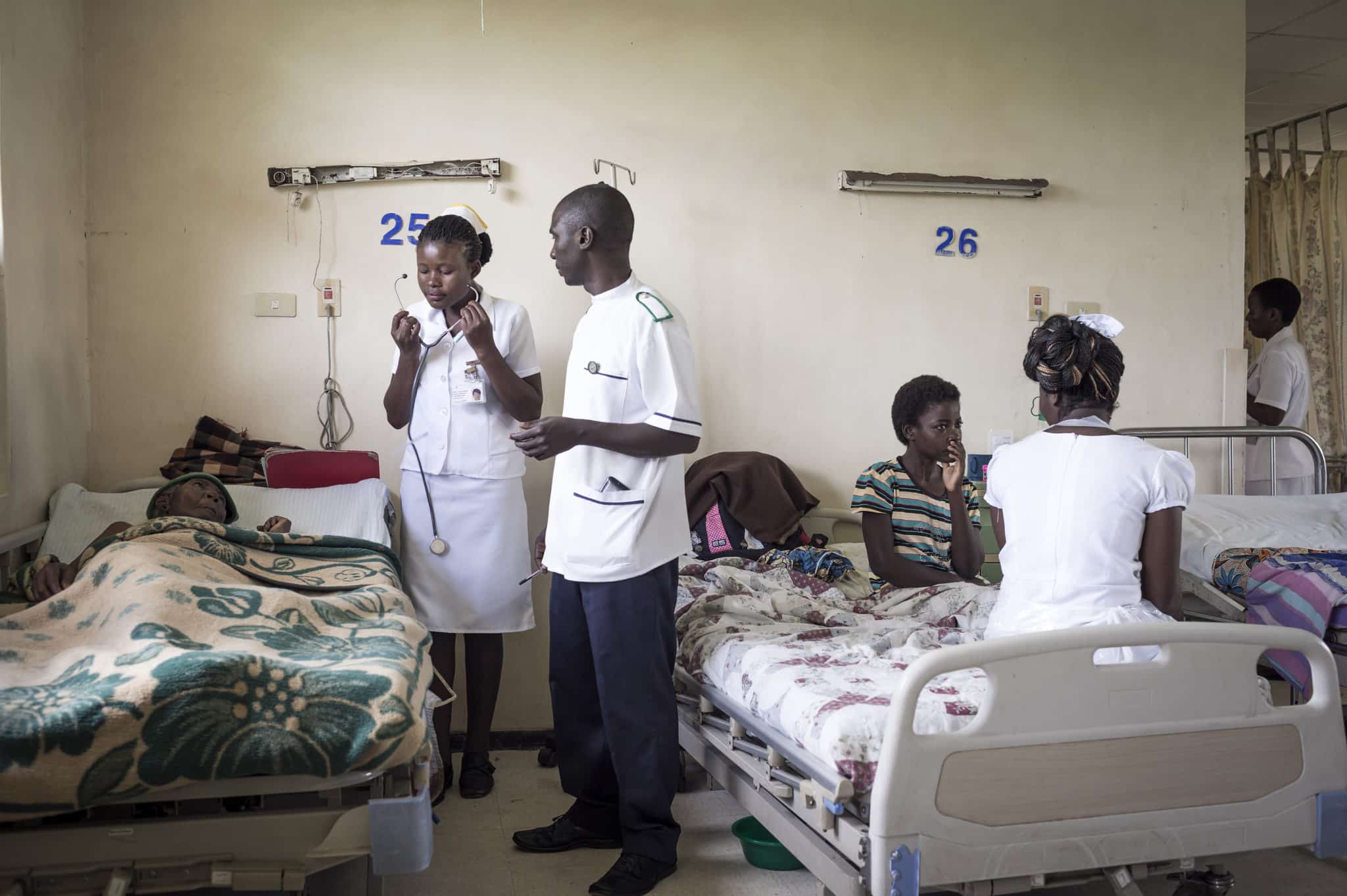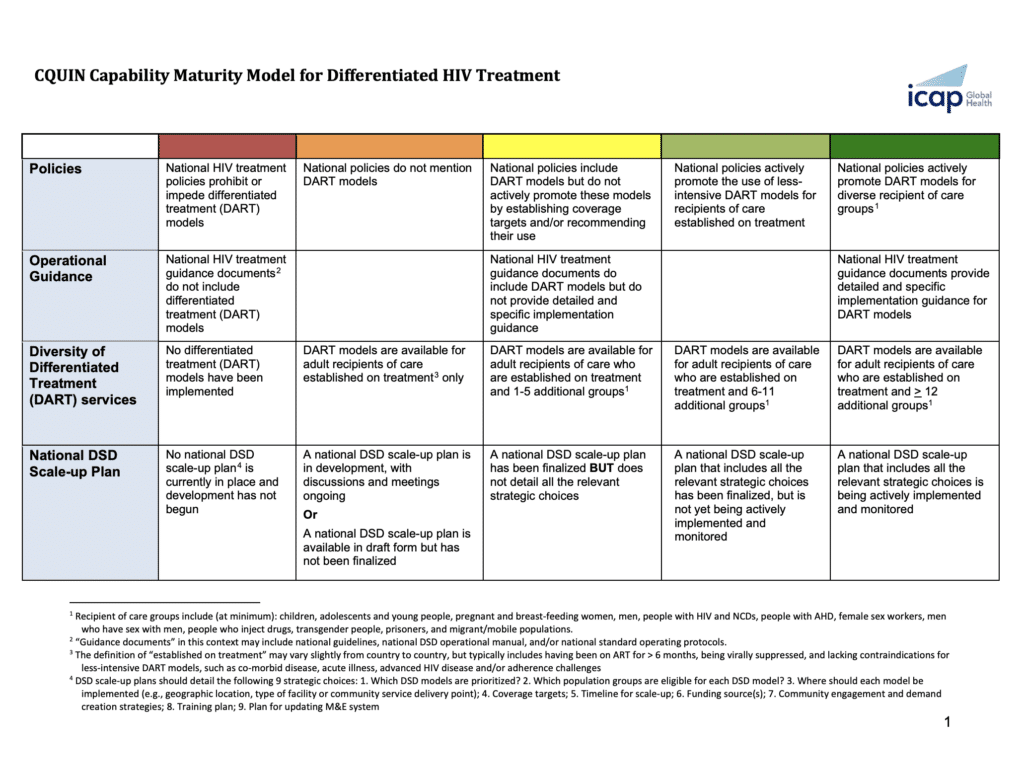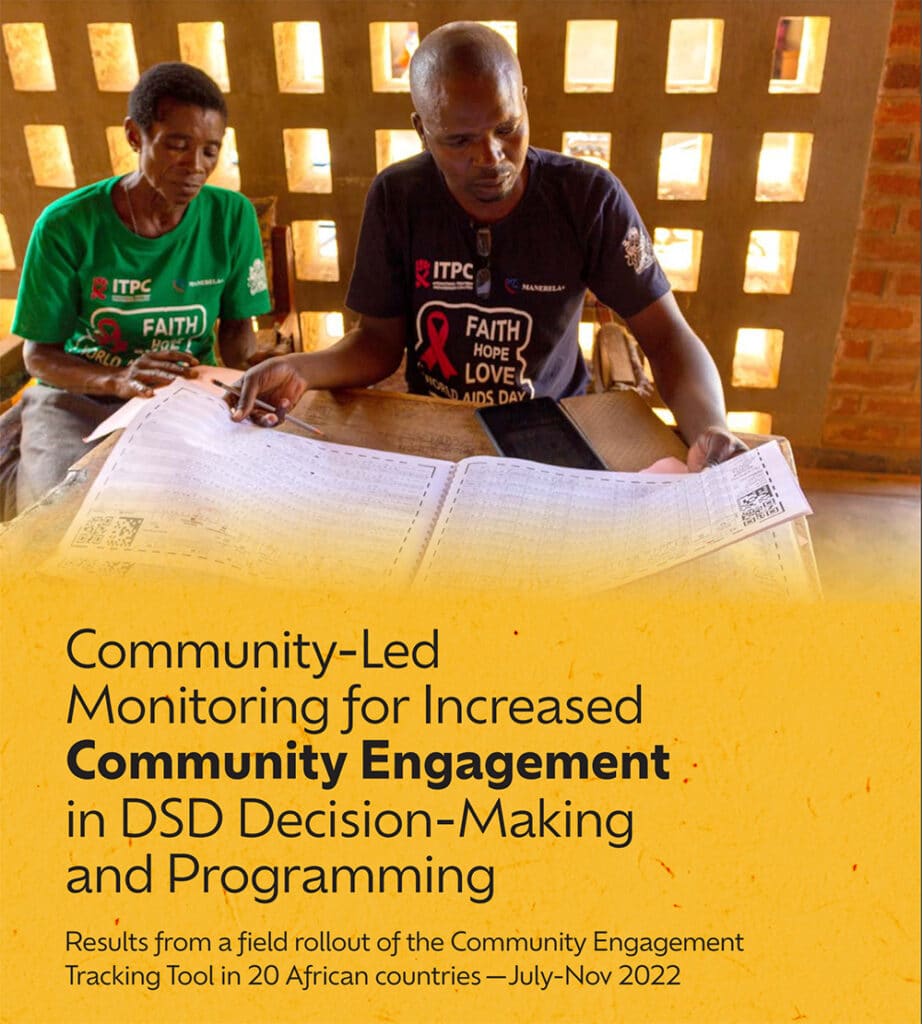By Nathan Ford, M.P.H., Ph.D., and Meg Doherty, M.D., Ph.D.
“HIV still causes more than 1 million deaths per year worldwide and remains a leading cause of death and complications in sub-Saharan Africa. A key explanation for this enduring high mortality is that despite an evolution toward offering treatment earlier in the course of the disease. A report on the REALITY trial, describes a prophylaxis package that was aimed at reducing the risk of death among patients who presented with advanced HIV infection in four African countries. In the trial, almost half the patients with a CD4+ count of fewer than 100 cells per cubic millimeter had mild or no symptoms. This observation serves to highlight the limits of relying on clinical assessment alone to identify HIV-positive patients at high risk for severe disease and death. It also reinforces the importance of maintaining the capacity to measure CD4+ cells.
With the advent of new treatment options, HIV infection has evolved from a probable death sentence to a chronic disease. If patients start ART early, they can expect a near-normal life expectancy. Early treatment also reduces the risk of HIV transmission, and much of the focus today is on reducing the spread of new infections to achieve epidemic control. Nevertheless, the relatively consistent proportion of patients who newly present for care with a low CD4+ count, together with an additional number of seriously ill patients who return for care after a period of treatment interruption, calls for a renewed focus to respond to the needs of patients with advanced HIV infection who are at high risk for illness and death.”
View the full editorial here.


























